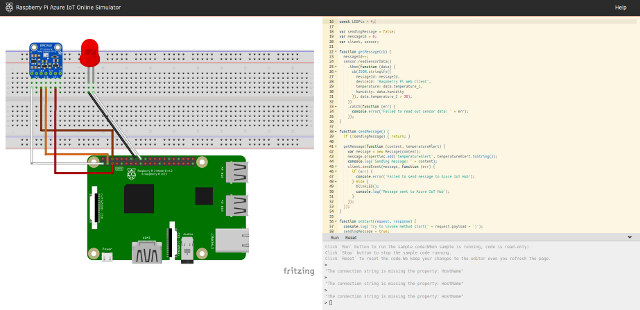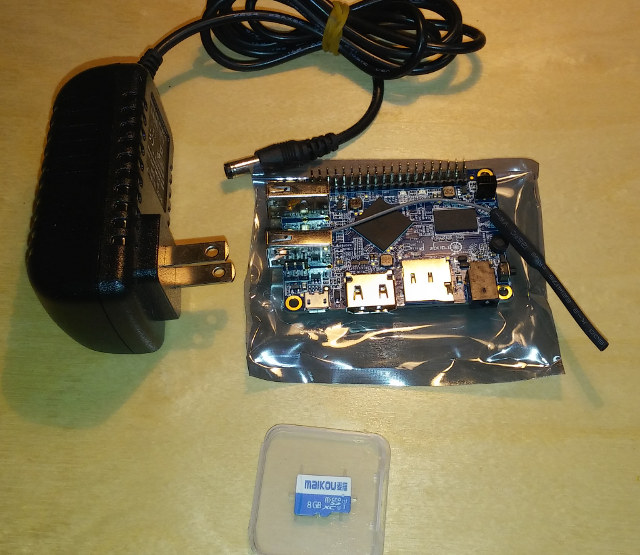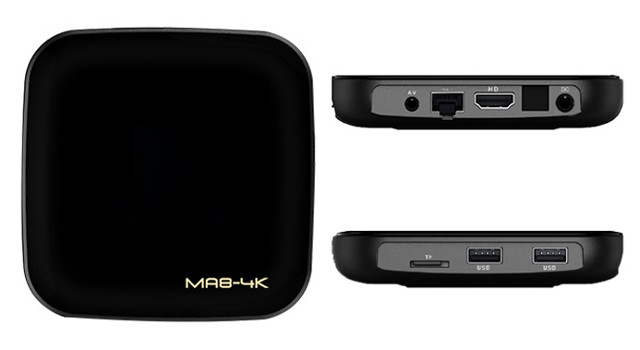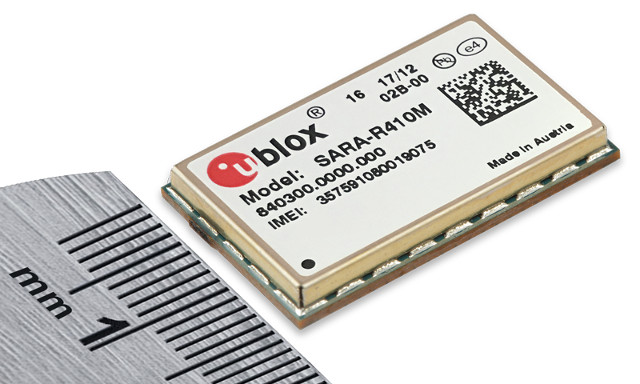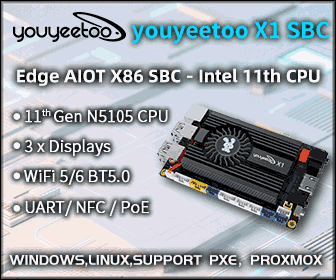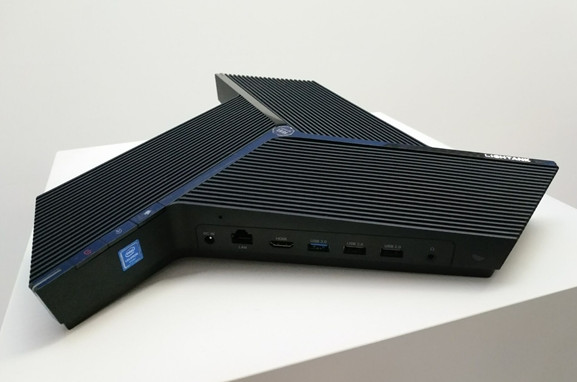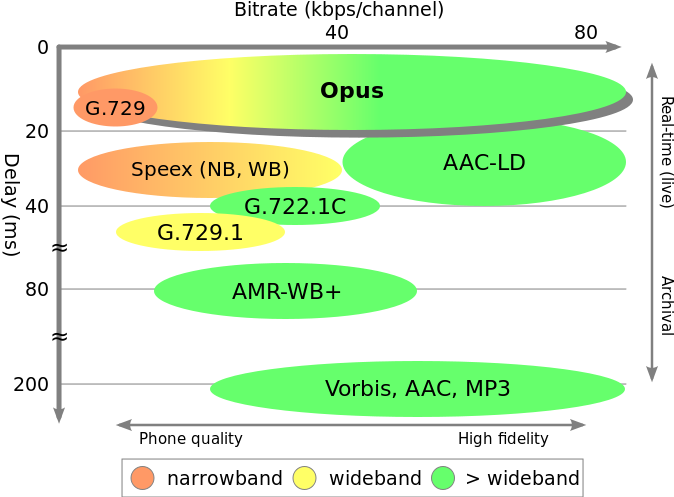If you were already following this blog when the first Raspberry Pi launched, you may have tried to emulate a Raspberry Pi and run Fedora in QEMU, as getting a board was a challenge at that time. Microsoft has launched its own Raspberry Pi (3) simulator running in web browsers, connecting to virtual sensors and components using Fritzing, and interfacing with the company’s Azure IoT cloud service. The preview version of the simulator does not allow you customize components on the breadboard, something you’ll be able to do in the release version, so we are stuck with a BMP280 sensor and red LED in the assembly window. on the left. On the top right, we’ve got sample source code written using Node.js to read temperature data from the sensor, push it to an Azure IoT Hub, and blink the LED in the coding area, and finally the integrated console window […]
NetBSD is Now Running on Allwinner H3 Boards
Most people will run Linux kernel on development boards because it does the job, and that’s usually the only option. But others have been working on NetBSD kernel for Allwinner H3 boards, and it’s now running on various H3 boards with serial console, USB, Ethernet, SD card, and eMMC flash working. Jared McNeill explains they first had to deal with low-level code to initialize the CPU and MMU, before using a U-boot layer to disguise NetBSD as the Linux kernel in order to load kernel and device tree file. The code then jumps to the generic ARM FDT implementation of initarm to relocate DTB data and perform other steps, and finally they can enumerated devices. This is explained in greater details in the aforelinked blog post on NetBSD website. Jared tested the implementation on NanoPi NEO and Orange Pi Plus 2E, but others have reported success on various hardware based […]
How to Use Octoprint on Orange Pi Lite Board, Amlogic S905X and S912 TV Boxes
Karl here. This was article originally going to be how to setup Octoprint 3D printer server on an Orange Pi Lite. But after looking and running through the instructions it seemed like it would be too much so I created an img to simplify things. I also explored running Octoprint on an Amlogic S905x or S912 device and it turned out to be an even better solution. You get a case, power supply, and eMMC flash storage. What is Octoprint? I use Octoprint mainly for its ability to start and stop prints without having to use an sd card. Time lapse is also a nice feature. And one last thing is that I setup a pushbullet notification when it is complete. For a full list of features check out http://octoprint.org/. What is needed? Orange Pi Lite board provided by GearBest for the article, or an Amlogic S905X or S912 Android […]
MA8-4K is a $19 Android TV Box based on Rockchip RK3229 Processor (Promo)
MA8-4K is yet another TV box running Android 5.1 on Rockchip RK3229 quad core Cortex A7 processor, but it might one of the cheapest right now, as GearBest offers it for $18.99 shipped with GBMA87 coupon instead of $27.99 “flash sale” price. This is likely valid for only a few hundred boxes. MA8-4K specifications: SoC – Rockchip RK3229 quad core ARM Cortex A7 processor @ 1.5 GHz with ARM Mali-400MP2 GPU System Memory – 1GB DDR3 Storage – 8GB flash + micro SD card slot up to 32GB Video Output – HDMI 2.0 up to 4K2K @ 60 fps, and 3.5mm AV output (composite) Audio Output – HDMI, AV, and coaxial S/PDIF Connectivity – 10/100 Mbps Ethernet, 802.11 b/g/n WiFi (AP6051 chip); Bluetooth is mentioned in title, but not in description, so it’s unclear whether it’s implemented. USB – 2x USB 2.0 host ports Power Supply – 5V/1.5A Dimensions – […]
U-blox SARA-R410M-02B Module Supports LTE Cat M1 and Cat NB1 in a Single Package
We previously covered U-blox SARA-R4 LTE Cat M1 and SARA M2 NB-IoT (Cat NB1) modules, but in case you need support for LTE Cat M1 and Cat NB1, instead of just one or the other, in your product, U-blox launched a new SARA-R4 model with SARA-R410M-02B module supporting both standards. U-blox SARA-R410M-02B module specifications: LPWAN connectivity LTE Cat M1 Half-duplex: 375 kb/s DL and UL LTE Cat NB1 Half-duplex: 27.2 kb/s DL, 62.5 UL Shared bands – 1, 2, 3, 4, 5, 8, 12, 13, 17, 18, 19, 20, 25, 26, 28; Cat M1-only band – 39 Coverage enhancement Mode A and Mode B (in upcoming firmware), 3GPP Rel 13 e-DRX (Extended Discontinuous Reception) supported in upcoming firmware SMS support – MT/MO PDU / Text mode; SMS over SG/NAS Voice – VoLTE (Cat M1) using AMR-WB codec (U)SIM supporting 1.8 and 3V GNSS/GPS support with CellLocate and Hybrid positioning coming […]
Flic Hub Controls WiFi, Bluetooth, and IR Devices with Bluetooth LE Buttons (Crowdfunding)
This week-end, I wrote about 1btn open source WiFi button that can allow you directly control WiFi appliances, and/or set scenes without the need for a smartphone. We also discussed limitations of WiFi due to high power consumption, security issues and the one-way aspect of RF communication, and that Bluetooth 5 may be a better option for range and battery life if possible. Flic Hub is another way to approach the issue, as it combines Bluetooth LE buttons with a gateway supporting WiFi, Bluetooth, and infrared. Flic Hub gateway specifications: Connectivity – Bluetooth Classic, Bluetooth LE, WiFi, Ethernet, IR via optional add-on accessory. Audio – 3.5mm audio out/mic in Power Supply – 5V via micro USB Power Consumption – 1.5W typ. Security – SPARKE2+ Bluetooth encryption Dimensions – 85 x 50 x 15 mm Weight – 99 grams Users can configure workflows by setting up Flic with IFTTT, Zapier, Microsoft […]
Lightank W100 is a Windows 10 Apollo Lake mini PC with Projector Sold in China
We’ve previously seen Windows 10 mini PCs with a projector based on Intel Cherry Trail processor such as Sunty SP-001 and Partaker M3, but there’s now an Apollo Lake model coming soon, at least in China, in an interesting form factor.LighTank W100 specifications: SoC – Intel Celeron N3350 dual core Apollo Lake processor @ 1.10 / 2.40 GHz with 12EU Intel HD graphics 500 @ 200 / 650 MHz; (6W TDP) System Memory – 4GB RAM Storage – 32GB eMMC flash Video Output – HDMI output Audio – HDMI, stereo audio jack, microphone array Projector – 1280×800 native resolution; 1000 ANSI lumens; 30,000 hours LED lifetime Connectivity – Ethernet, WiFi and Bluetooth USB – 1x USB 3.0 port, 2x USB 2.0 ports Dimensions – 345 x 338 x 57 mm Weight – 1.5 kg The projector comes pre-isntalled with Windows 10 and Office365, and boots in 30 seconds. It ships […]
Opus 1.2 Allows for High Quality Stereo Music @ 32 Kbps, Speech @ 12 Kbps
The Xiph.Org Foundation has recently announced the release of Opus 1.2 open-source audio codec with ever lower high-quality audio bitrate for music (32 Kbps) and speech (12 Kbps), faster encoding and decoding, and other tweaks to the standard and library. If you’ve never heard about Opus or need to refresh your memory, you may want to read my previous article about Opus Open Source Audio Codec. The developers improve music quality by “adjusting the bit allocation trim, improving tonality analysis with better frequency resolution, and improving quality on signals with a few very powerful tones”. You can compare Opus 1.0, 1.1 and 1.2, and MP3 at different bitrates on Xiph website. You’ll need a browser that supports Opus and MP3 in HTML5 for this to work (Chrome, Firefox, and Opera do), or you may hear another sample as if Opus support is missing the file will be played as a […]


